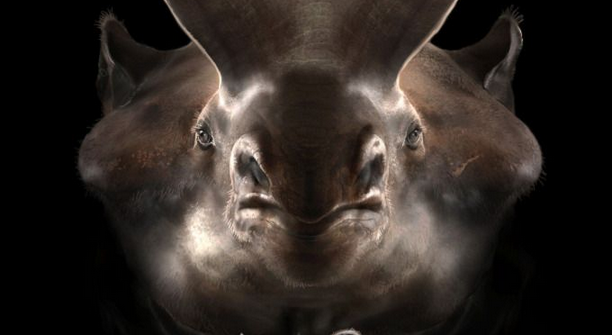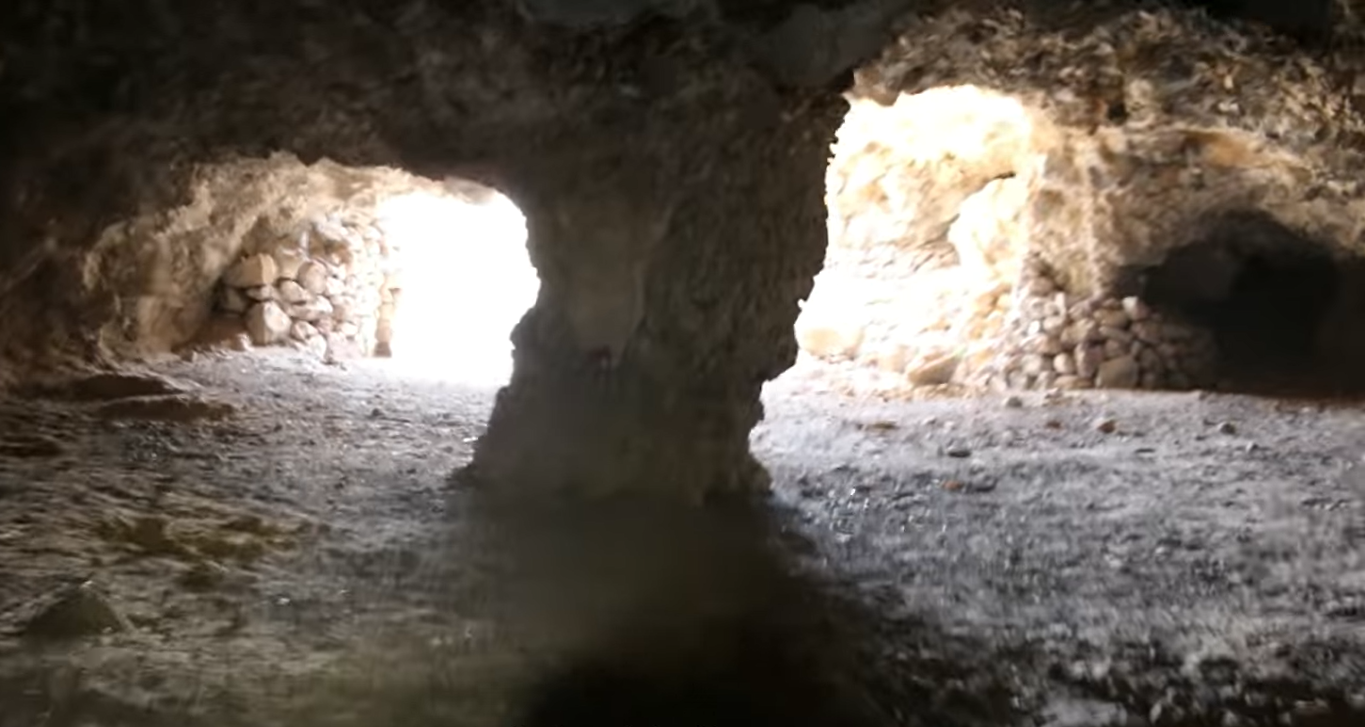At the end of the Triassic period, small-sized dinosaurs roamed Earth alongside other groups of archosaurs—that is, until a widespread extinction event cleared the way for dinos to put on some serious size. Then, after the dinosaurs’ own demise (the asteroid-sized curtain call known as the K-T Extinction), it became mammals’ turn to become the world’s new terrestrial giants.
The existence of mammals during the Age of Dinosaurs was one of prey—as small, squirrel-like creatures that scurried among the feet of lumbering giants. Surviving the fiery end of the Cretaceous period in their burrows, mammals quickly inherited a (non-avian) dino-free planet known as the Cenozoic period, and scientists say they wasted no time taking advantage.
Jamie Foxx reportedly recovering from “medical complication” at facility in Chicago
One of the first animals to put on some size was a rhino-like ancestor of the horse known as brontotheres, which lived around 56 million years ago until the close of the Eocene (34 million years ago). Starting out at around 40 pounds, scientists estimate that this “thunder beast” grew up to four or five tons in only 16 million years—a blink of an eye for a planet some 4.6 billion years old. Of the nearly 60 known species of brontothere, more than half weighed over a metric ton.
Read more: Popular Mechanics




































